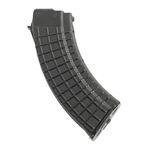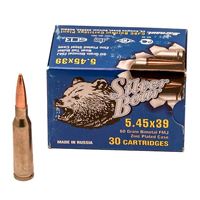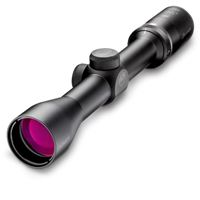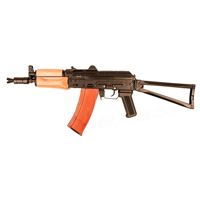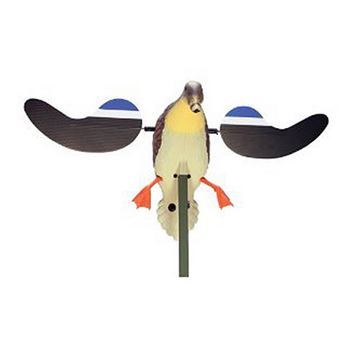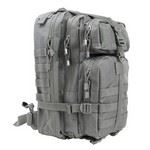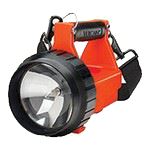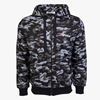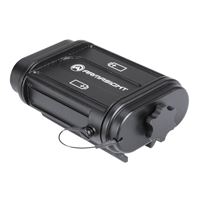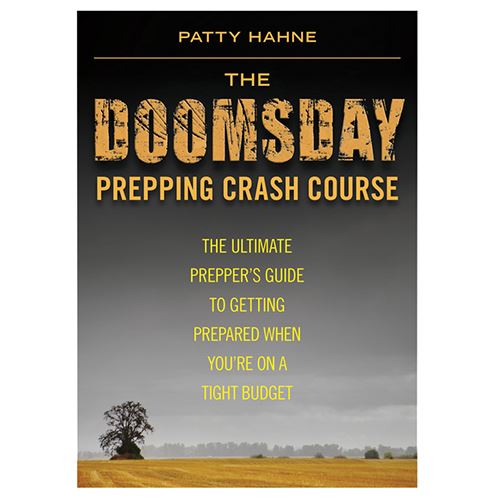Surplus has different meanings depending where you are in the world. Surplus firearms in the U.S. means extra, on hand, or dated equipment. In other countries, it could mean scrap metal. I try to avoid the latter, but I am always on the lookout for a diamond in the rough and thought I’d look at the Beretta 92S. I have seen these advertised by a variety of online gun sellers. This 9mm is an early generation of 92FS, so it is more of a European gun than the 92FS that definitely has U.S. influence. This is what I found with this old pistol.
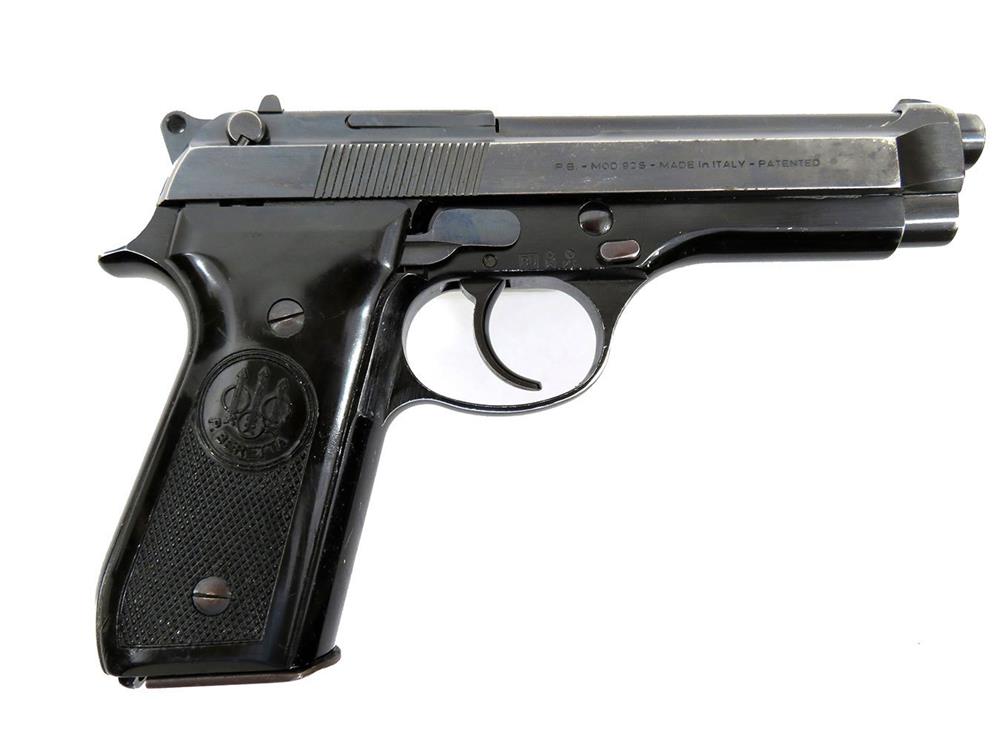
The Beretta 92S is basically a Model 92FS with slight differences. The original Model 92 was introduced in 1976 and had a frame-mounted safety similar to the current Taurus 92 pistol or a 1911-style pistol. Police and military in Italy wanted a slide mounted safety, so in 1977, Beretta introduced the 92S. The 92S was second generation 92. Beretta quickly started selling these pistols to police and LE agencies around the world.
Where the 92S differs from the 92FS is in the grip, hammer pin, receiver shape and magazine release. The 92FS has an enlarged hammer pin to stop the slide from flying off the receiver if it cracks. This was done at request of the U.S. military after testing with high pressure loads. The 92S has the safety lever mounted in the slide. Rotated up, it exposes a red dot and the pistol is ready to fire. Rotate it down, and the trigger is disengaged but the slide can still be manipulated. The hammer cannot be cocked. With the pistol cocked, rotate the lever to allow the hammer to move forward. The safety is not ambidextrous.
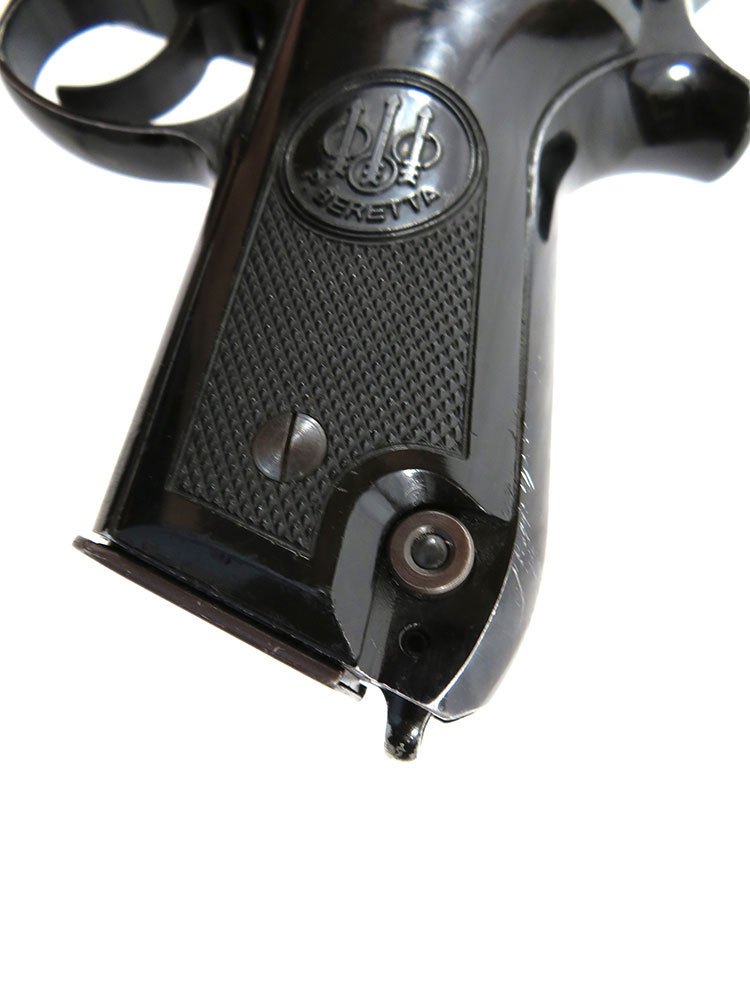
The receiver has a rounded trigger guard and the magazine release is located in the butt. Press the button and the magazine falls free. If you have ever fired a pistol in snow or tall grass, you will understand why the magazine release was located here. Using the support hand to manipulate the magazine drops the empty magazine into the palm of the support hand. Here in the U.S. we are used to dumping the empty magazine, and while it is falling, insert a full magazine. This is a European trait of the 92S. It’s really all in the training. Most magazines made for the 92FS are compatible with the 92S, so finding extra magazines—both factory and aftermarket—is simple.
The front and rear grip straps are smooth and there is a lanyard loop attached at the butt. The 92S feels rounded in hand, different than the 92FS. The plastic grips were checkered on the bottom portion, but not the top, which seems odd. I would have liked fully checkered grips to better grip the pistol.
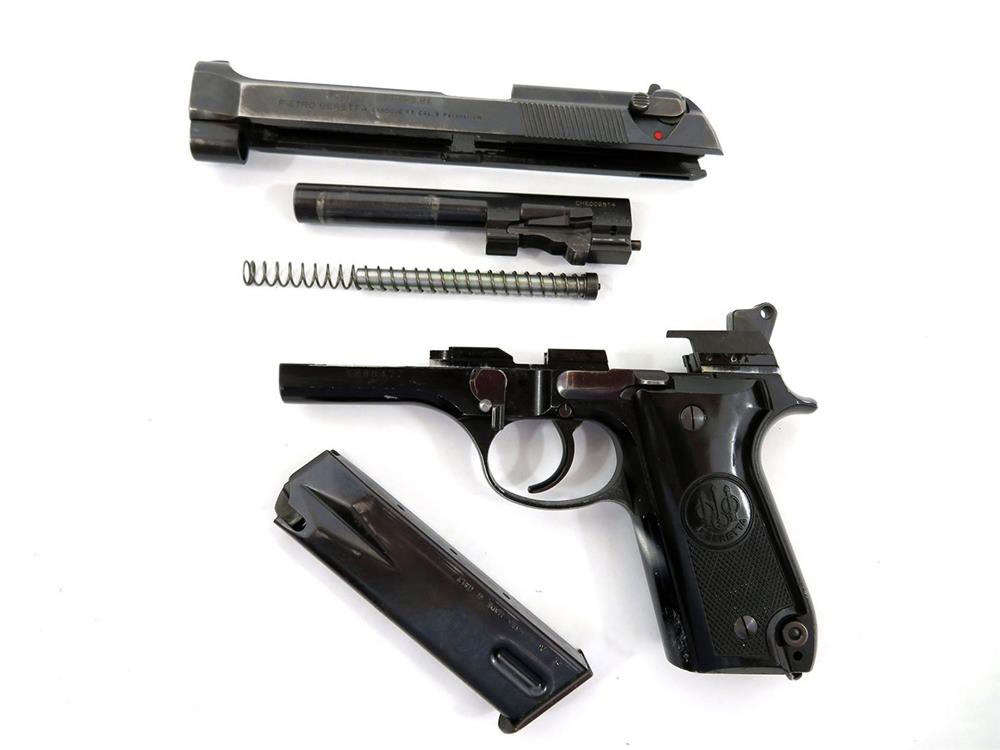
My example showed signs of holster wear but little from actual firing. The bluing was worn, and I would rate this pistol 80-75 percent by NRA standards. The slide had no wiggle. It was tight. The trigger measured 11 pounds in DA mode—and felt like it. In SA mode there was a lot of take up and it was a bit mushy. No showstoppers by any means, just a typical used service pistol. The sights were small, fixed, and without contrasting dots or lines. On a dark background, the sights could get lost.
Since this is an older pistol, I did not test it with proofing loads or +P+ loads. This pistol was not designed for that type of high-pressure ammunition, and I had no desire to taste Italian steel. Not that I am implying this is a sub-standard pistol. The 92S is safe when used with ammunition originally intended.
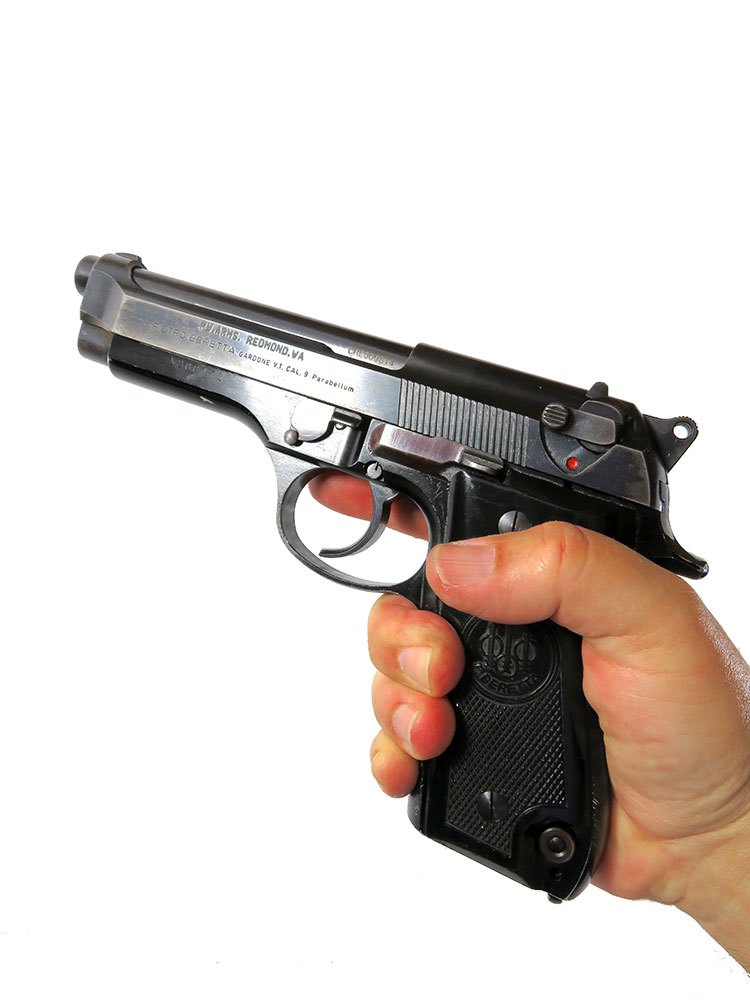
What I did want to find out was whether performance would be affected if I fired different bullets types—meaning FMJs and hollow points. I used off-the-shelf 9mm ammo consisting of Hornady American Gunner with 115-grain XTP jacketed hollow points, Aguila 124-grain FMJ, and SIG Sauer 115-grain FMJ. All three ammo types cycled flawlessly through the 92S with no issues.
For accuracy testing I used a bench rest at targets set at 25 yards. In speed firing exercise I fired at targets 7 yards, performing both Bill Drills and Mozambique Drills. The object with the Bill Drill is to fire as fast and as accurately as possible to hit an 8-inch zone. The Mozambique, or for those of you who are politically correct, the Failure Drill, requires two fast shots to center of mass and a one to the head. All must be within their zones to be successful.
All ammunition cycled flawlessly through the 92S. Magazines seated easily. I would have liked more slide serrations to make the slide easier to rack.
100-Yard Accuracy, Five-Shot Groups
Load |
Group |
Muzzle Velocity |
Muzzle Energy |
| Hornady American Gunner 9mm 115-grain XTP | 1.56 in. | 1,110 fps | 309 ft-lbs. |
| SIG Sauer 9mm 115-grain FMJ | 2.86 in. | 1,130 fps | 316 ft-lbs. |
| Aguila 9mm 124-grain FMJ | 1.22 in. | 1,055 fps | 307 ft-lbs. |
Bench rest accuracy was good, averaging about two inches for five rounds at 25 yards. I could consistently group five shots at about 1.22 inches with the 124-grain FMJ Aguila ammunition. The Hornady American Gunner ammo with a 115-grain JHP was no slouch either with average groups measuring 1.8 inches. The 92S had a pleasant recoil. The pistol magazine release took some getting used to and slowed me down when it came to rapid reloads.
The 92S is no 92FS, but it still provides an excellent example of Beretta’s 92 series performance. The 92S was about half the cost of a new 92FS, and it had some bluing worn off, but I wouldn’t hesitate to use this as a defense weapon. Load it up with 124-grain rounds.
Specifications
Beretta 92S |
|
| Caliber: | 9mm |
| Action Type: | Short recoil, falling locking block |
| Barrel Length: | 4.9” |
| Rifling: | 1:9.8” |
| Capacity: | 15 rounds. detachable box, steel |
| Sights: | fixed front post, dovetail rear notch |
| Trigger Pull DA: | 11 lbs. |
| Trigger Pull SA: | 4.6 lbs. |
| Overall Length: | 8.5” |
| Weight: | 36.3 oz. |
| Suggested Retail Price: | $280 – $310 |


